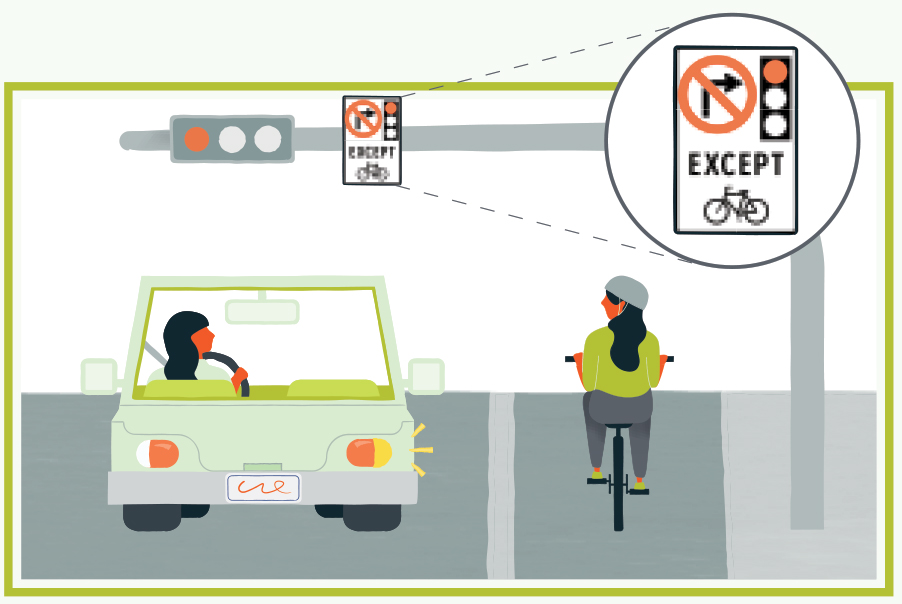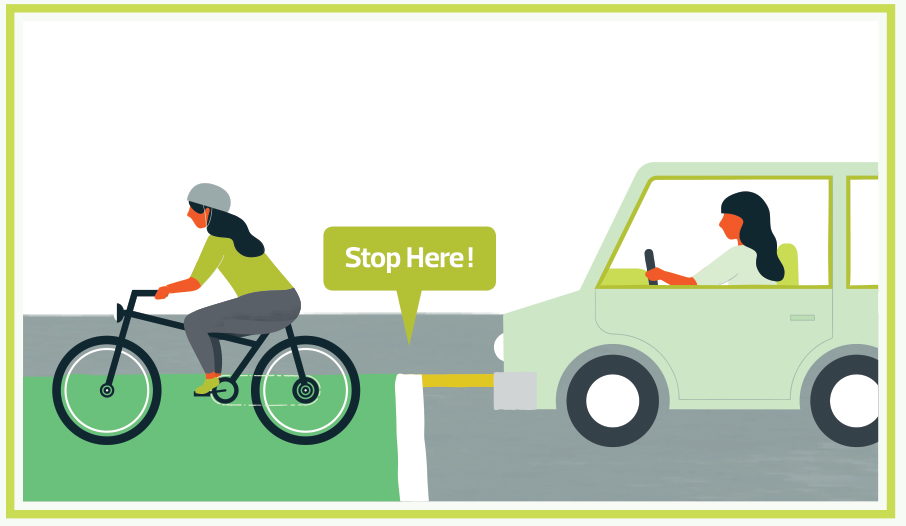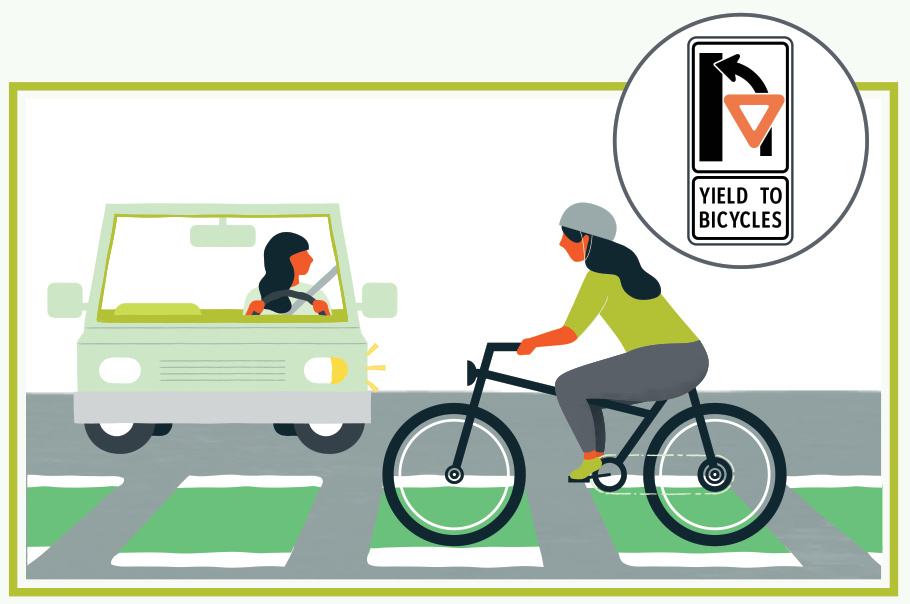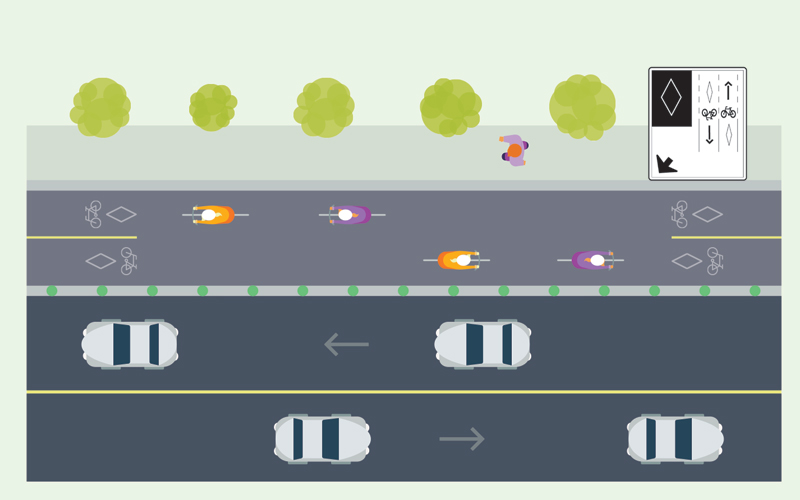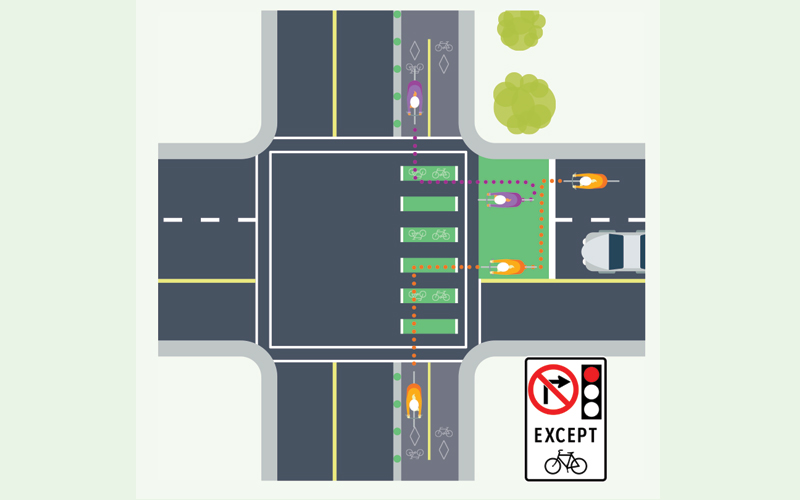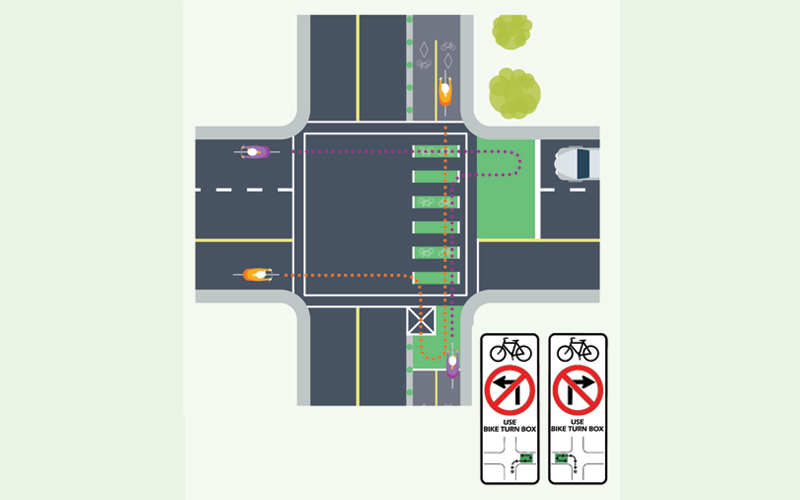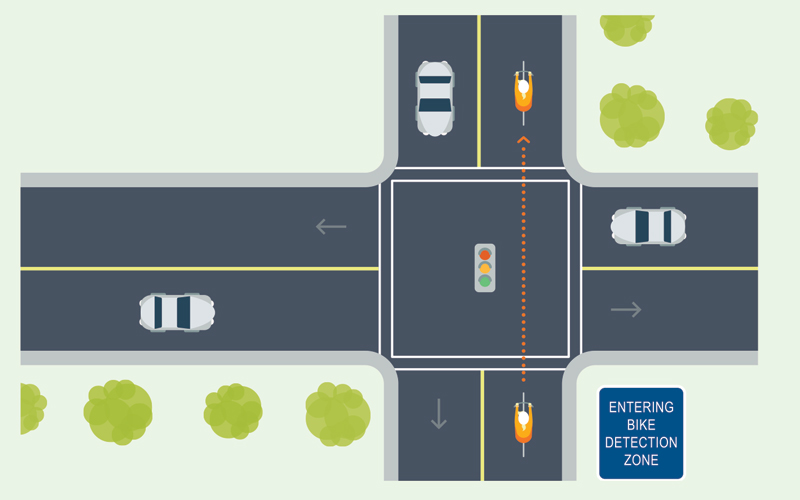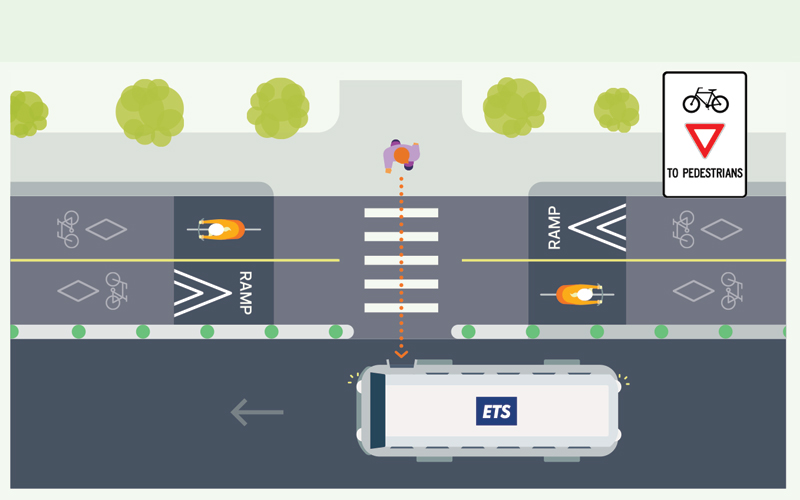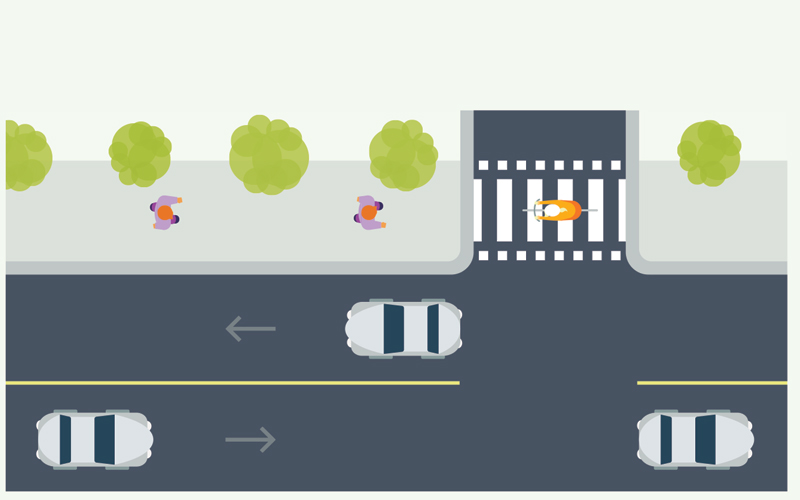Use the interactive and mobile friendly map to discover the bike routes and river valley parks citywide
These maps and routes help you pre-plan your bicycle trip. The maps include major destinations such as parks, leisure centres and attractions.
While riding, look for traffic signs and road markings that will help you navigate your route. Always be prepared to change course based on the current road and traffic conditions.


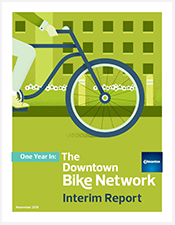 Learn more about the first year of the operation of the downtown bike routes in our
Learn more about the first year of the operation of the downtown bike routes in our  Future Protected Bike Lane
Future Protected Bike Lane Painted Bike Lanes
Painted Bike Lanes Protected Bike Lanes
Protected Bike Lanes Shared Roadways (Lower Traffic)
Shared Roadways (Lower Traffic) Shared Pathway
Shared Pathway Under Review
Under Review